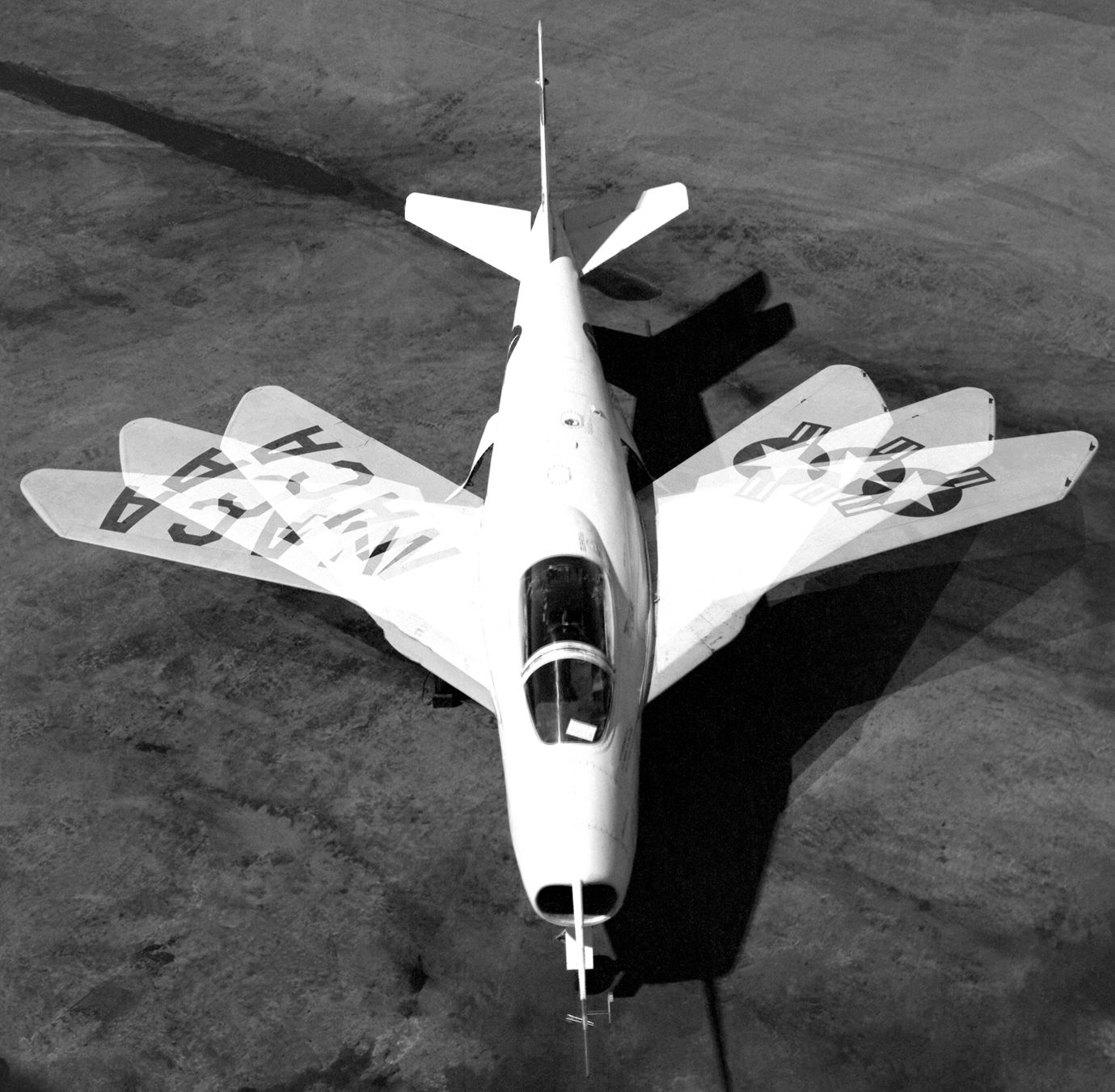
Pros
-
Reduces drag over a wide range of Mach numbers
-
The ability to conform the wing to the most optimum angle for the speed the aircraft is flying at
-
Allows an aircraft with a high top speed to be able to land and take off from shorter runways than other aircraft with similar speed envelopes
-
In theory, the benefit of the wing being able to conform to the optimum angle for the speed it's traveling at would be able to negate the increased weight of the mechanism
Cons
-
Increased weight due to the Sweep mechanism
-
Increased complexity caused by the mechanism increases maintenance time and cost
-
The increased part complexity means that there is a greater chance of failure because of the constant moving parts
-
Size of the mechanism takes up a large amount of space inside the aircraft which could be used to hold other important necessities like extra fuel or more storage space.
-
It is difficult to position hardpoints for munitions on the swinging part of the wing, thus affecting the payload capability
-
It is nearly impossible to make a swing wing aircraft with stealth capabilities
-
Most variable sweep aircraft had only a few preset angles the wing could be set to, because of that the wing would often not be at the optimum angle (Some aircraft like the F-14 didnt have this problem due to the computer controlled swing mechanism)

